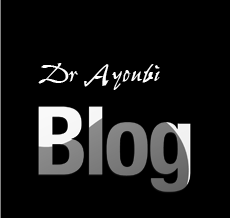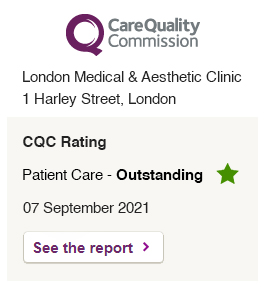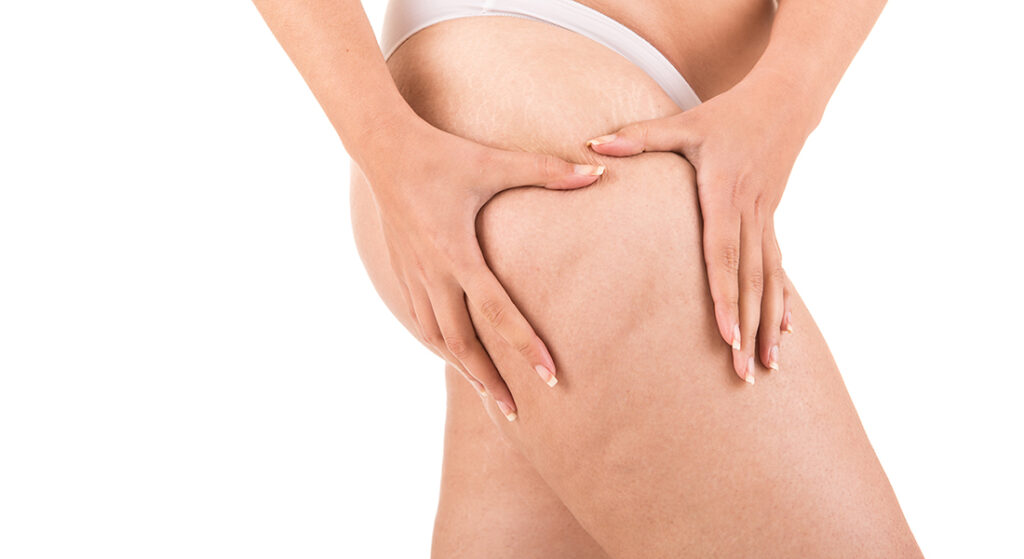
If you’re considering Cellulaze, you probably already know it’s one of the most effective and long-lasting ways to treat cellulite. By targeting the root cause beneath the skin, it smooths dimples, firms tissue, and improves elasticity for years often with just one session.
However, even though it’s a minimally invasive laser treatment, it’s natural to wonder:
“What are the side effects of Cellulaze, and how safe is it?”
The truth is that Cellulaze has an excellent safety record when performed by experienced professionals. But like any medical procedure, it does carry a few temporary side effects, such as swelling, bruising, or mild tenderness.
In this guide, we’ll explore what to expect before, during, and after your Cellulaze treatment, how to minimise side effects, and when to call your specialist if something doesn’t feel right.
How Cellulaze Works
To understand why side effects occur, it helps to know what happens during a Cellulaze procedure.
Cellulaze is a laser-assisted body contouring treatment that targets the three main structural causes of cellulite:
1. Fibrous bands that pull down on the skin and cause dimpling.
2. Trapped fat deposits that bulge between connective tissue.
3. Thin, lax skin that accentuates uneven texture.
During the treatment:
1. A local anaesthetic is applied for comfort.
2. A fine laser fibre is inserted through a small incision.
3. The laser energy melts fat, releases fibrous bands, and stimulates collagen.
This process smooths the surface and strengthens the skin from within but since it involves controlled heating and tissue disruption, your body naturally reacts with some mild, short-term inflammation.
Common Side Effects of Cellulaze
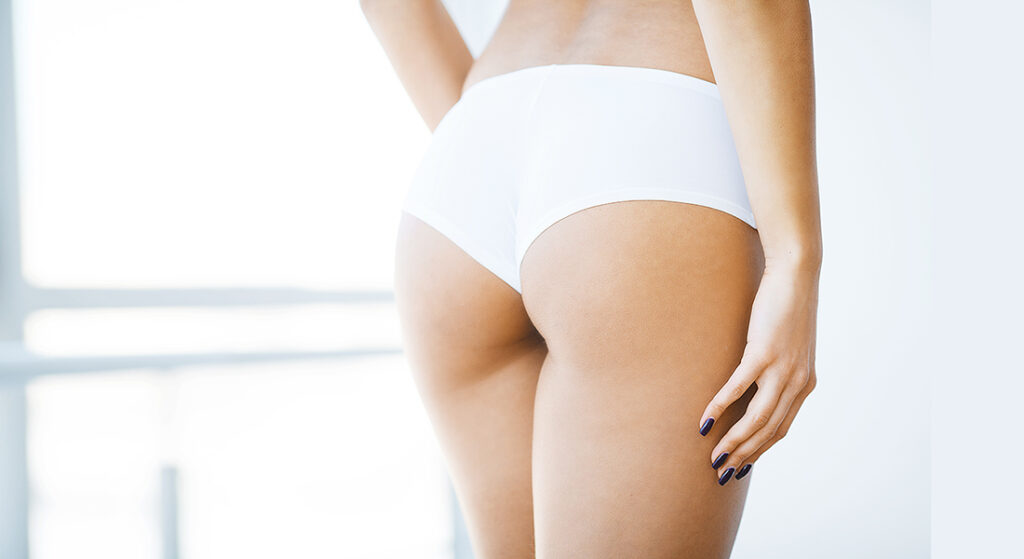
The good news is that most side effects are minor, temporary, and part of the normal healing process. Here’s what you might experience after treatment.
1. Swelling
Mild to moderate swelling is one of the most common effects of Cellulaze. It usually peaks within the first 48 hours and gradually resolves within 5–10 days.
Why it happens:
The laser heat stimulates your tissue and blood vessels, which increases circulation and triggers fluid retention as part of healing.
How to manage it:
– Apply a cool compress intermittently during the first 24 hours.
– Sleep with your legs elevated if the treated area is on your thighs.
– Wear your compression garment as advised (usually for 3–7 days).
2. Bruising
Minor bruising is expected since the treatment involves small incisions and laser fibre movement under the skin.
Typical timeline:
– Appears within 24–48 hours.
– Fades within 7–14 days.
How to help it heal faster:
– Avoid aspirin or ibuprofen right before and after treatment (unless prescribed).
– Use arnica gel or vitamin K cream to minimise bruising.
– Limit alcohol in the first few days after treatment to support healing.
3. Tenderness or Soreness
You might feel a sensation similar to post-workout muscle soreness. This mild tenderness means your body is adjusting to the internal restructuring caused by the laser.
Duration:
Usually 3–7 days, though it can last a little longer in sensitive areas.
Tip:
Gentle walking can improve circulation and reduce stiffness, helping you recover faster.
4. Mild Numbness or Tingling
Because the laser passes close to nerves under the skin, temporary numbness or tingling can occur. This is typically mild and fades as the tissue heals usually within a few weeks.
Avoid scratching or massaging the area excessively, as this can irritate healing nerves.
5. Small Incision Marks
Each Cellulaze treatment involves a few micro-incisions (around 1–2mm wide) to insert the laser fibre. These heal quickly and usually fade to nearly invisible within a few weeks.
Applying silicone gel or scar-reducing creams can help the marks fade faster.
6. Mild Fluid Leakage
A small amount of clear or pinkish fluid may drain from the incision points for the first 24 hours. This is entirely normal and helps remove excess tumescent solution used during treatment.
Simply:
– Keep the area clean.
– Use sterile gauze pads if necessary.
– Avoid soaking in baths or pools for 48 hours.
7. Skin Tightness or Firmness
You may notice the treated area feels slightly tight, firm, or uneven at first.
This is because collagen remodelling and fat melting continue for several months after treatment.
As your skin regenerates, it gradually becomes smoother and more even in texture.
Less Common (But Possible) Side Effects
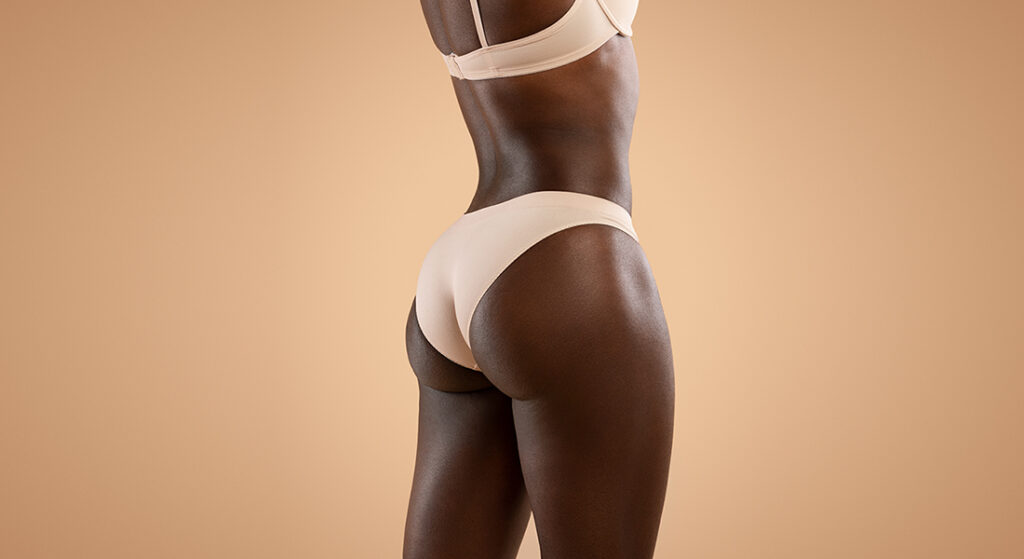
These side effects are uncommon and generally mild, but it’s helpful to be aware of them. Most resolve on their own with proper care.
1. Skin Discolouration
Although uncommon, some people may notice temporary redness or darkening as the skin heals, particularly those with sensitive or darker skin tones. This usually resolves within a few weeks.
2. Uneven Texture During Healing
Occasionally, the skin may appear slightly uneven as collagen rebuilds. This is a normal part of the healing process, and final results typically emerge within 3–6 months.
3. Prolonged Numbness or Tenderness
In very rare cases, mild numbness or tenderness can persist for a few weeks, especially if deeper layers were treated. Gentle massage, proper hydration, and following your clinician’s care instructions usually help these sensations subside.
4. Allergic Reactions
Allergic reactions are extremely rare but may cause minor redness or itching from anaesthetic or antiseptic solutions. Always inform your doctor of any known allergies before treatment.
Rare Complications
Serious complications from Cellulaze are extremely rare, especially when performed by trained professionals.
However, it’s important to be aware of potential risks:
– Infection at incision sites (less than 1% of cases)
– Burns or blistering from improper laser use (very rare)
– Lumps or irregularities if tissue healing is uneven
These risks can be virtually eliminated by choosing an experienced, board-certified clinician who follows strict safety protocols such as those at LMA Clinic.
How to Minimise Side Effects
Here’s how you can ensure your treatment and recovery go as smoothly as possible.
Before Treatment
1. Avoid blood thinners, including aspirin, vitamin E, and alcohol, for a week prior.
2. Stay hydrated hydrated skin heals faster and reduces bruising risk.
3. Shave the treatment area 24 hours before your appointment (if advised).
4. Eat a light meal and wear loose clothing on the day of your treatment.
After Treatment
1. Wear compression garments as directed.
2. Avoid strenuous activities, hot baths, or saunas until you feel comfortable and your clinician advises it.
3. Sleep elevated if possible to reduce swelling.
4. Follow your aftercare instructions consistency makes a huge difference.
5. Keep incisions clean and dry for the first 48 hours.
Long-Term Maintenance
– Don’t smoke, as it slows healing and affects collagen production.
– Maintain a stable weight, since significant fluctuations can affect results.
– Use SPF daily to protect collagen and prevent pigmentation changes.
What Recovery Feels Like
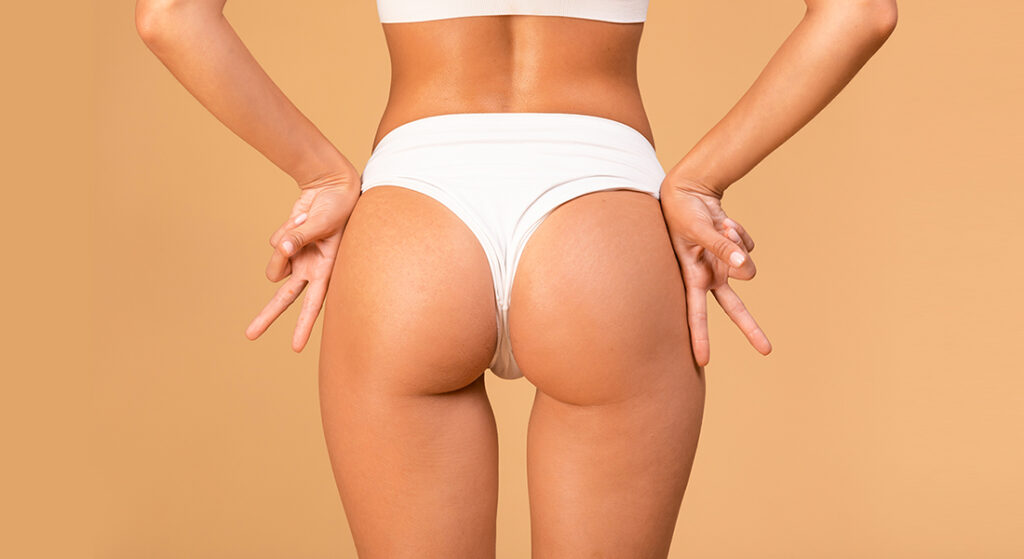
Most patients describe their recovery as quick and manageable.
Here’s what a typical Cellulaze healing journey looks like:
Most patients describe their recovery as quick and manageable. In the first few days after your Cellulaze session, you may notice mild soreness, bruising, or swelling, and wearing a compression garment is recommended to support healing. By the end of the first week, swelling typically decreases, although some mild tightness may remain. During the second and third weeks, any bruising usually fades, and you can resume most normal activities comfortably. Over the first one to three months, your skin gradually becomes smoother as collagen renewal begins beneath the surface. By around six months, the final results appear, with noticeable improvements in skin tone, texture, and firmness, leaving most patients thrilled with the transformation.
Why Choosing a Qualified Provider Matters
When it comes to Cellulaze, your safety and results really depend on who’s performing the procedure. Most serious side effects happen when the treatment is done by someone who isn’t fully trained or experienced. That’s why it’s so important that you choose your provider carefully you want someone who knows exactly what they’re doing.
Here’s what you should look for when picking a clinic:
– Board-certified and experienced practitioners: You want a professional who has plenty of experience with laser treatments, so you can feel confident that they’ll handle your procedure safely and effectively.
– FDA-approved equipment: Make sure the clinic uses the proper, approved Cellulaze laser. This ensures you’re getting a treatment that meets strict safety standards.
– A thorough pre-treatment consultation: You should have the chance to discuss your medical history, ask questions, and set realistic goals before anything begins. This step helps your provider customise the treatment specifically for you.
At LMA Clinic, you can feel reassured knowing that every Cellulaze session is performed by skilled experts trained in advanced laser safety and body contouring. You’ll get outstanding results with minimal downtime, and you’ll always be supported throughout the entire process. Choosing the right provider isn’t just about results it’s about making sure you feel safe, informed, and confident every step of the way.
Who Is Most at Risk of Side Effects?
Cellulaze is generally safe for most adults, but there are certain situations where you might be at a higher risk of side effects. It’s really important that you talk openly with your doctor about your health before scheduling the procedure. You should discuss Cellulaze with your provider if you:
– Are pregnant or breastfeeding: Your body is going through changes that could affect healing.
– Have diabetes or poor circulation: These conditions can slow recovery and increase the chance of complications.
– Smoke regularly: Smoking can affect how your skin heals and how well the treatment works.
– Have a history of keloid scarring: If your skin tends to form thick scars, you’ll need extra caution.
– Take blood-thinning medications: These can increase the risk of bruising or bleeding.
– Recently had surgery in the treatment area: Your skin may be more sensitive, and your provider will need to adjust the approach.
Your practitioner will carefully review your medical history and lifestyle to make sure Cellulaze is right for you. This evaluation helps you avoid unnecessary risks and ensures your treatment is as safe and effective as possible. By being open about your health, you’re helping your provider tailor the procedure specifically to your needs.
Are Side Effects Different for Each Body Area?
Yes the side effects you might experience can vary depending on which part of your body is being treated.
For example, if you’re having Cellulaze on your thighs, you may notice mild soreness or some temporary bruising. Treating the buttocks can cause slight swelling and sensitivity when sitting. On your abdomen, it’s common to feel a bit of tightness or low-level discomfort for a few days. If your arms are treated, any swelling or tenderness is usually minimal.
Smaller treatment areas tend to recover faster, while larger zones might take a little longer for your skin to fully heal. Remember, everyone’s body responds differently, so your recovery might be quicker or slower than someone else’s. By knowing what to expect for each area, you’ll feel more confident and prepared throughout the healing process.
How Common Are Serious Side Effects?
According to clinical research, fewer than 1 in 100 patients experience moderate complications from Cellulaze.
The majority report no lasting side effects and return to daily activities within a few days.
In comparison to more invasive surgical options like liposuction, Cellulaze offers:
1. Shorter downtime
2. Fewer risks
3. More natural-looking results
FAQs:
1. How long do side effects usually last after Cellulaze?
You can generally expect mild side effects like swelling, bruising, or tenderness to last anywhere from a few days up to two weeks. Swelling tends to peak in the first 48 hours and gradually subsides over the next several days. Bruising usually appears within the first day or two and fades within one to two weeks. Tenderness or soreness can linger slightly longer, especially in sensitive areas, but it usually eases naturally as your body heals. By around six months, your final results should be fully visible, with smooth and firm skin.
2. Will the procedure be painful?
Most people describe Cellulaze as very tolerable because a local anaesthetic is applied to the treatment area. During the procedure, you might feel mild pressure or warmth from the laser, but it shouldn’t be painful. After the treatment, mild soreness or tenderness is common, similar to how your muscles feel after a workout. Following your aftercare instructions, including wearing compression garments and gentle movement, helps keep discomfort to a minimum.
3. Can Cellulaze cause permanent scarring?
Permanent scarring is extremely rare because the procedure uses very small micro-incisions, typically only 1–2 millimetres wide. These tiny openings heal quickly and usually fade to nearly invisible within a few weeks. Using silicone gel or other scar-reducing treatments, as recommended by your provider, can further minimise the appearance of any marks. Choosing an experienced, board-certified clinician also significantly reduces the risk of scarring.
4. Is bruising normal after Cellulaze?
Yes, some bruising is expected since the laser moves beneath the skin and interacts with small blood vessels. Bruising typically becomes visible within the first 24–48 hours and fades over one to two weeks. How much bruising you experience can vary depending on your skin type, the treatment area, and your body’s natural healing response. Avoiding alcohol, certain medications, and heavy exercise in the first 48 hours can help the bruises heal faster.
5. Are certain areas more prone to side effects than others?
Side effects can indeed differ depending on the body area being treated. For instance, your thighs might feel mildly sore or show temporary bruising, while the buttocks could be slightly swollen and sensitive when sitting. Treatment on the abdomen may cause some tightness or low-level discomfort, and your arms usually experience minimal swelling or tenderness. Smaller areas generally recover faster, whereas larger treatment zones may take a little longer to fully heal. Knowing what to expect for each area helps you manage your recovery and avoid unnecessary worry.
6. Can Cellulaze cause numbness or tingling?
Temporary numbness or tingling can occur because the laser passes close to the nerves under your skin. These sensations are usually mild and fade naturally as your tissue heals over the following weeks. It’s important not to scratch, massage excessively, or irritate the area, as that can slow the healing of nerves. Most patients find that these sensations resolve completely without any intervention.
7. What should I do if I notice unusual reactions?
While uncommon, more noticeable reactions like prolonged redness, swelling, or tenderness should prompt a call to your provider. Allergic reactions to anaesthetic or antiseptic solutions are very rare but can cause redness or itching. Your practitioner can assess whether these reactions are part of normal healing or if further care is needed. Early communication ensures you recover safely and get the best results.
8. How can I minimise side effects during recovery?
You can help your body heal smoothly by following pre- and post-treatment guidance. Staying hydrated before and after the procedure supports your skin’s recovery, while avoiding blood-thinning medications, alcohol, and strenuous exercise for a few days reduces swelling and bruising. Wearing compression garments as directed, sleeping with treated areas elevated when possible, and keeping incisions clean for the first 48 hours all help minimise side effects. Long-term habits, like not smoking, maintaining a stable weight, and protecting your skin from the sun, also contribute to lasting results.
9. Are serious complications common?
Serious complications from Cellulaze are extremely rare, particularly when the procedure is performed by trained, board-certified professionals. Infection at incision sites, burns, or uneven tissue healing can occur but affect less than one percent of patients. Most people experience only mild, temporary side effects and return to normal activities quickly. Choosing a reputable clinic with strict safety protocols, like LMA Clinic, virtually eliminates serious risks.
10. When will I see the final results?
You’ll notice gradual improvements in your skin over the months following treatment. Swelling and bruising subside within the first two weeks, and your skin begins smoothing as collagen remodelling continues. By around three months, you’ll see more noticeable changes, and the full results typically appear around six months. At that point, your cellulite should be significantly reduced, and your skin will feel firmer, smoother, and more evenly textured.
Final Thoughts: Maximising Your Cellulaze Results
A Cellulaze treatment offers a long-lasting solution for reducing cellulite by targeting the root causes beneath your skin. Most patients notice significant improvement after just one session, but maintaining results relies on healthy lifestyle habits, proper hydration, and following aftercare instructions. Regular exercise, stable weight, and consistent skincare all help your skin stay firm, smooth, and resilient over time.
At the London Medical & Aesthetic Clinic, your practitioner will create a personalised plan for a Cellulaze treatment, tailored to your skin type, treatment areas, and aesthetic goals. This ensures the best possible outcome and may include follow-up sessions or complementary therapies if needed.
If you’re considering a Cellulaze treatment, you can contact us at the London Medical & Aesthetic Clinic to discuss your personalised plan and discover the most effective approach to achieving smoother, firmer contours that last.
References:
1. DiBernardo, B.E., 2016. A multicenter study for cellulite treatment using a 1440-nm YAG wavelength laser with side-firing fiber. Journal of Cosmetic and Laser Therapy, 18(6), pp. 320–324. Available at: https://pmc.ncbi.nlm.nih.gov/articles/PMC5127477/
2. Gabriel, A., 2023. Cellulite: Current understanding and treatment. Journal of Cosmetic Dermatology, 22(1), pp. 1–9. Available at: https://pmc.ncbi.nlm.nih.gov/articles/PMC10324940/
3. Stevens, W.G., 2023. Multicenter pivotal study demonstrates safety and efficacy of Cellulaze for cellulite treatment. Aesthetic Surgery Journal, 43(1), pp. 97–105. Available at: https://academic.oup.com/asj/article/43/1/97/6631447
4. Sadick, N.S., 2019. Treatment for cellulite. Journal of Cosmetic Dermatology, 18(3), pp. 658–663. Available at: https://www.sciencedirect.com/science/article/pii/S2352647518300418
5. Sadick, N.S., 2010. Minimally invasive laser treatments for cellulite. Dermatologic Surgery, 36(11), pp. 1760–1766. Available at: https://pubmed.ncbi.nlm.nih.gov/20953729/

